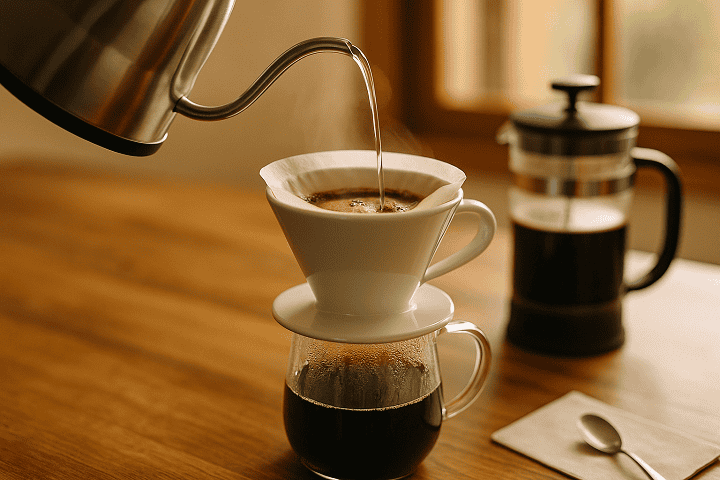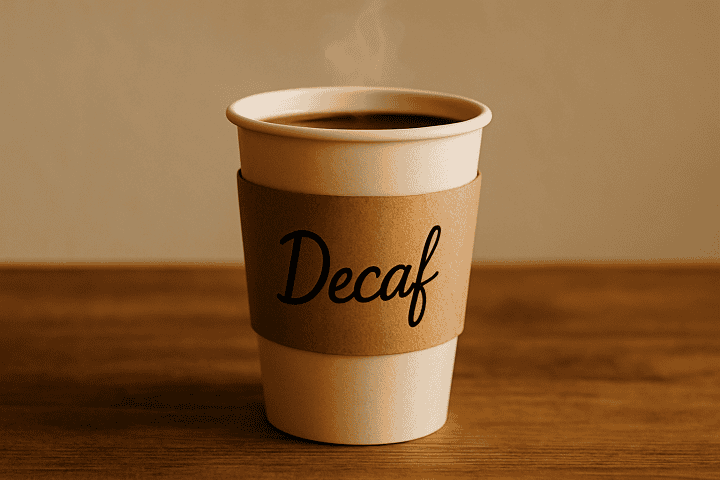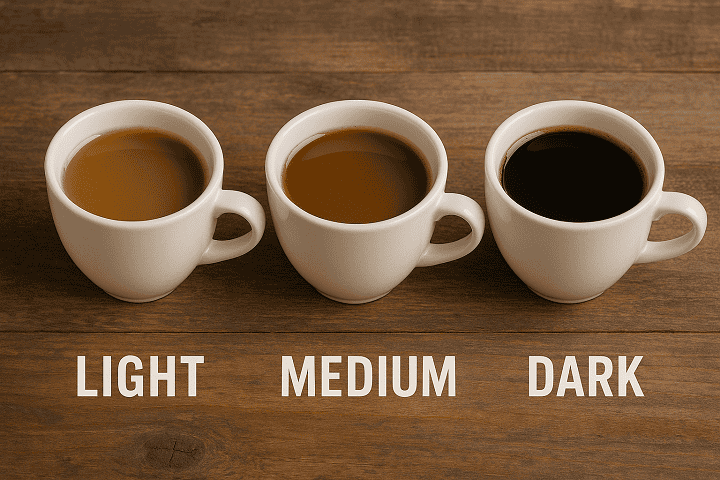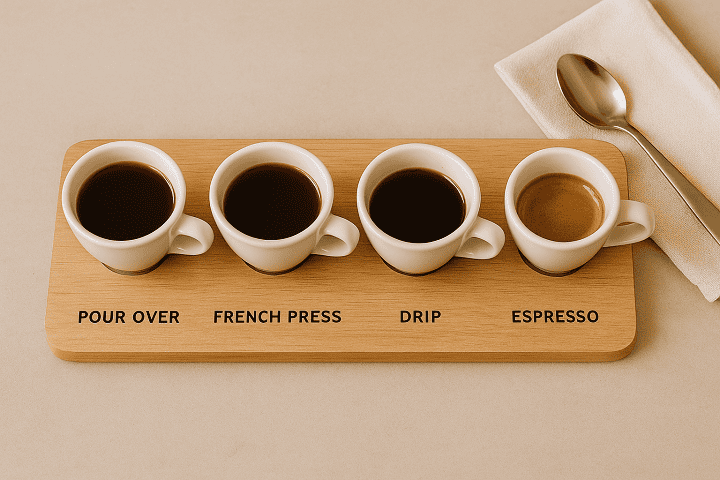Picking out the best way to make coffee at home can be tough when there are so many choices. French press and pour over are two popular ways to brew coffee, but they give you different results. If you want to know how each method affects the taste of your coffee, what you need to get started, and how much work goes into each one, you are in the right place. This post will break down the taste differences, walk you through the steps for both methods, and go over the tools and cleaning each one takes. By the end, you will have a better idea which style suits what you want from your morning cup.
Flavor Differences
French press coffee is known for having a full body and a thicker feel. The metal filter lets more of the coffee oils and fine pieces stay in the drink. This can give the coffee a strong taste and a rich feel. Some people find that French press coffee can taste heavy, and sometimes there may be a bit of grit at the bottom of the cup.
Pour over coffee has a different result. It uses a paper filter, which catches most of the oils and small grounds. This can make the drink taste lighter and cleaner. The flavors in pour over coffee can be more clear, which makes it easier to notice different notes from the beans, such as fruity or floral tones. Some people think pour over coffee lets them taste more of what makes a certain coffee special.
The choice of coffee beans and how fine or coarse they are ground also matters for both methods. A coarser grind works better for French press, while a medium or medium-fine grind is better for pour over. Using beans with different tastes, like a dark roast or a light roast, can also change the drink. The way the grounds and water meet in each method brings out different flavors, so trying the same beans in both styles can lead to two drinks that taste quite different.
Brewing Technique
The French press method begins by adding coarsely ground coffee to the carafe. Boiling hot water is poured over the grounds. After stirring, the lid with the plunger is placed on top and the coffee is left to steep for about four minutes. Once the time is up, the plunger is pressed down slowly to separate the grounds from the liquid. The coffee is then ready to be poured and served.
The pour over method uses a cone-shaped dripper, a filter, and medium-ground coffee. The filter is placed in the dripper and rinsed with hot water to remove any paper taste. Coffee grounds are added to the filter, and water, heated just below boiling, is poured in a slow, circular motion over the grounds. The first pour wets the grounds and allows them to bloom. After about thirty seconds, the rest of the water is poured in stages, keeping the grounds evenly soaked. The brewed coffee slowly drips into the vessel below.
For both methods, water temperature should be between 195 and 205 degrees Fahrenheit. The French press usually takes about four minutes to brew, while pour over timing depends on how much coffee is made but often takes between two and four minutes. Using the right temperature and timing helps bring out the flavors in the coffee and avoids bitterness.
Equipment Needed
To make coffee with a French press, you need a French press coffee maker, a way to boil water, and of course a cup for your coffee. Some people like to use a scale to measure their coffee grounds and water, but it is not required. Most French press models are made from glass or stainless steel. You will also need coarsely ground coffee beans for this method.
For pour over coffee, you need a pour over dripper, a filter, and a mug or carafe to catch the coffee. A gooseneck kettle can help you pour water slowly and evenly, but you can use any kettle if needed. Medium ground coffee is suggested for pour over. Some people use a scale for more control over the coffee to water ratio, but you can use measuring spoons if you prefer.
Both brewing methods need to be cleaned after each use. The French press comes apart for washing and should be rinsed well to remove all coffee grounds and oils. Most parts can be washed by hand or in the dishwasher, depending on the maker’s instructions. For pour over, you throw away the paper filter after use or rinse a reusable filter. The dripper and carafe or mug should be washed with soap and water. Regular cleaning helps avoid leftover tastes in your coffee.
In Summary
Picking between French press and pour over comes down to what you like in your coffee and how much time you want to spend making it. French press can give you a bold, rich cup, while pour over often tastes cleaner and brings out more notes from the beans. Both need some simple tools and a little care when cleaning up. If you like a full-bodied drink and want an easy brewing process, French press might work for you. If you enjoy a lighter cup and do not mind taking your time, pour over could be the better fit. Trying both is a good way to see what matches your taste and routine.



